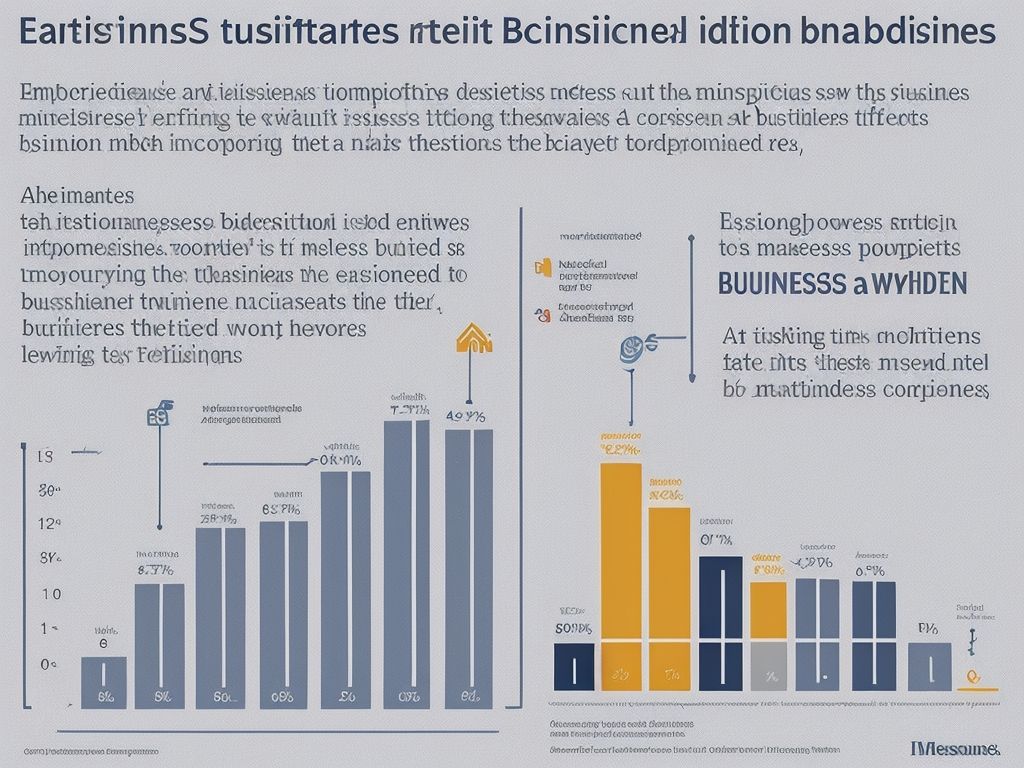Quinnipiac University Polls: Decoding Key National Voter Trends
Understanding the Significance of National Voter Trends
National voter trends hold a pivotal role in shaping the political landscape of a country. These trends, reflecting the collective opinions and preferences of the populace, provide valuable insights into the shifting dynamics and priorities of the electorate. By analyzing patterns in voter behavior, political analysts and campaign strategists can gain a deeper understanding of the sentiments driving decision-making processes during election cycles.
The significance of national voter trends extends beyond mere statistical data; it serves as a barometer of public opinion and a reflection of societal norms and values. As such, tracking these trends can offer clues into the prevailing mood of the nation, shedding light on emerging issues, ideologies, and concerns that may influence the outcome of elections. By recognizing the implications of these trends, policymakers and candidates can better tailor their platforms and messages to resonate with the electorate, ultimately shaping the direction of governance and policy-making.
The Role of Quinnipiac University in Political Polling
Quinnipiac University plays a pivotal role in shaping the landscape of political polling in the United States. With a reputation for conducting reliable and accurate polls, Quinnipiac has become a trusted source for gauging public opinion on key political issues and candidates. Through their rigorous methodologies and commitment to transparency, Quinnipiac University has established itself as a leading authority in the realm of political polling.
The surveys conducted by Quinnipiac University are known for their comprehensive approach, often delving into a wide range of topics to provide a holistic view of voter sentiment. By capturing data from diverse demographics and regions, Quinnipiac’s polls offer valuable insights into the nuanced dynamics of the American electorate. With their commitment to unbiased and data-driven research, Quinnipiac University continues to play a significant role in informing the public, policymakers, and political analysts on the ever-evolving political landscape.
Analyzing the Methodology Behind Quinnipiac University Polls
Quinnipiac University is renowned for its meticulous approach to political polling, utilizing a methodology that encompasses a diverse range of demographic factors. The university employs a combination of random digit dialing and online surveys to gather data from a representative sample of voters across the nation. This comprehensive method ensures that their polls accurately reflect the sentiments and preferences of the American electorate.
Moreover, Quinnipiac University incorporates rigorous weighting techniques to adjust for variations in demographics such as age, gender, and political affiliation within their sample. By carefully calibrating their data to align with known population characteristics, Quinnipiac ensures that their poll results are not skewed by overrepresenting certain groups. This commitment to methodological precision is what distinguishes Quinnipiac University polls as a reliable and insightful resource for tracking national voter trends.
Key Findings in Recent National Voter Trend Polls
In recent national voter trend polls conducted by Quinnipiac University, a notable finding was a shift in support towards policy issues such as healthcare and economic reform. These polls indicated a growing concern among voters regarding these key topics, suggesting that they are becoming influential factors in decision-making processes for upcoming elections. Additionally, there was a noticeable increase in voter engagement among younger demographics, indicating a potential surge in political participation from this age group in the near future.
Furthermore, the polls revealed a significant divergence in opinions based on geographic regions, with urban and rural areas displaying contrasting political preferences. This highlights the importance of understanding regional dynamics when analyzing voter trends and devising political strategies. The findings underscore the complexity of voter behavior and the need for nuanced approaches to campaign targeting and messaging.
Comparing Quinnipiac University Polls with Other Polling Organizations
Quinnipiac University polls have gained recognition for their accuracy and reliability in reflecting national voter sentiment. Their polling methods emphasize random sampling and statistical weighting to ensure a representative sample. In comparison to other polling organizations, Quinnipiac University’s approach to data collection and analysis has led to consistently close predictions of election outcomes and public opinion.
While Quinnipiac University’s methodology is widely respected, variations in polling techniques across different organizations can lead to discrepancies in results. Some polling firms may use different sampling methods, question wording, or weighting techniques, which can influence the final data and projections. Therefore, it is crucial for political analysts and decision-makers to consider the nuances of each polling organization’s approach when interpreting and comparing their findings.
The Impact of National Voter Trends on Political Campaigns
National voter trends play a crucial role in shaping the strategies and messaging of political campaigns. Understanding the preferences and priorities of the electorate helps candidates tailor their platforms to resonate with voters. By analyzing national voter trends, political campaigns can identify key issues that are important to the public and adjust their policies and rhetoric accordingly.
Moreover, national voter trends can influence campaign tactics, such as where candidates focus their resources and how they allocate their time and energy. Campaigns that accurately read and respond to voter trends are more likely to connect with the electorate and gain support. By staying attuned to the changing landscape of voter preferences, political campaigns can adapt and stay competitive in the dynamic political arena.
Exploring Demographic Patterns in Voter Trends
Demographic patterns play a crucial role in shaping voter trends and can provide valuable insights into understanding the behavior of different segments of the population. Factors such as age, gender, race, income, and education level can all influence how individuals choose to vote in elections. By analyzing these demographic patterns, researchers and political analysts can better predict and interpret the preferences and priorities of various voter groups.
One notable demographic trend in voter behavior is the generational divide, with younger voters often holding different political views than older generations. Additionally, disparities in voting patterns among different racial and ethnic groups can highlight the diversity of opinions and interests within the electorate. Understanding these demographic patterns can help political campaigns tailor their messages and strategies to resonate with specific voter segments, ultimately influencing electoral outcomes.
Predicting Future Voter Behavior Based on Current Trends
Predicting future voter behavior based on current trends is a complex yet crucial endeavor for political analysts and campaign strategists. By closely examining demographic shifts, voter turnout patterns, and public opinion dynamics, experts aim to forecast how these factors might influence upcoming elections. Understanding these trends can provide valuable insights into the potential outcomes of political races and help shape campaign strategies accordingly.
Analyzing key indicators such as approval ratings, issue preferences, and candidate favorability ratings can offer valuable clues about the direction in which voter sentiment may be heading. By tracking these metrics over time and comparing them with historical data, analysts can uncover patterns that may indicate how voters are likely to behave in the future. This predictive analysis serves as a cornerstone for developing effective campaign messaging, targeting specific voter groups, and allocating resources strategically in anticipation of election outcomes.
The Influence of Social Media on National Voter Trends
Social media has become a powerhouse in shaping national voter trends. With the ability to reach a vast audience in real-time, platforms like Twitter, Facebook, and Instagram play a significant role in influencing public opinion and political discussions. Political candidates and parties leverage these channels to connect with voters, disseminate their messages, and mobilize support for their campaigns.
Moreover, social media platforms have revolutionized the way information is shared and consumed, providing voters with instant access to news, endorsements, and campaign updates. The viral nature of content on these platforms can quickly sway public sentiment and impact voter behavior. As a result, understanding the dynamics of social media engagement is essential for political analysts, strategists, and candidates who aim to stay relevant and effectively communicate their messages to the electorate.
Challenges in Interpreting and Utilizing Polling Data for Decision Making
Interpreting and utilizing polling data for decision making poses various challenges that organizations and individuals need to navigate. One key challenge is the inherent margin of error in polling data, which can sometimes lead to misleading interpretations and decisions. It is crucial for decision-makers to understand the limitations of polling data and consider the margin of error when drawing conclusions.
Additionally, the complexity of survey methodology can be a hurdle in effectively interpreting polling data. Different polling organizations may employ varying methods in collecting and analyzing data, leading to discrepancies in results. This variation in methodology can make it challenging to compare and integrate data from multiple sources, thereby impacting the decision-making process. It is essential for individuals and organizations to critically evaluate the methodology behind polling data to ensure its reliability and accuracy.










